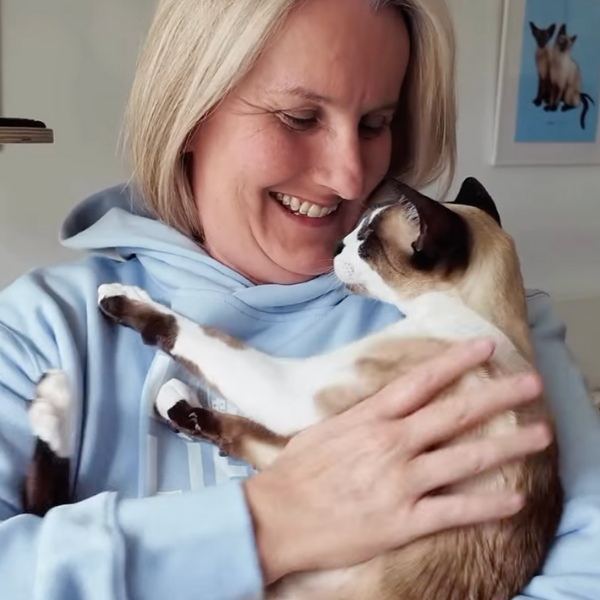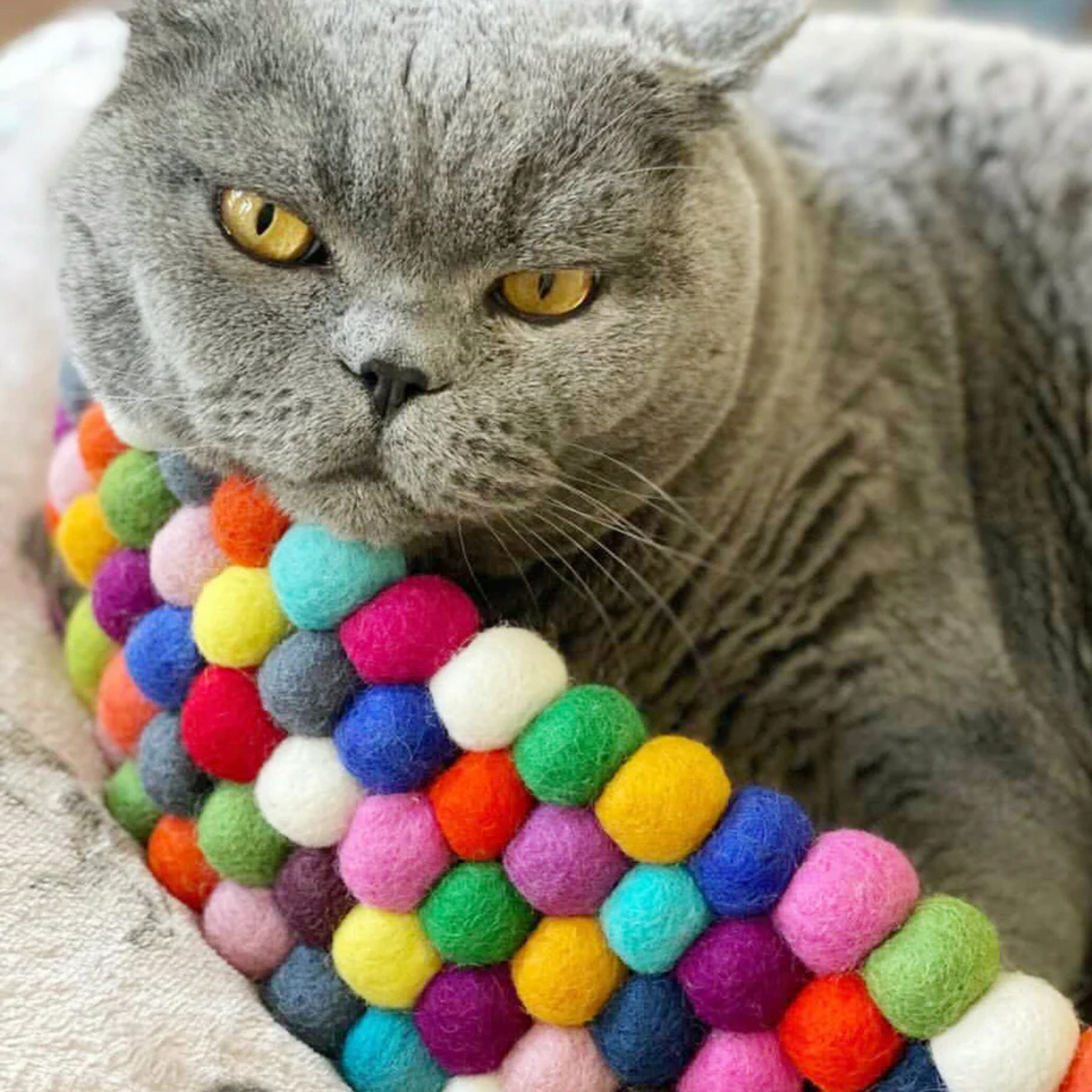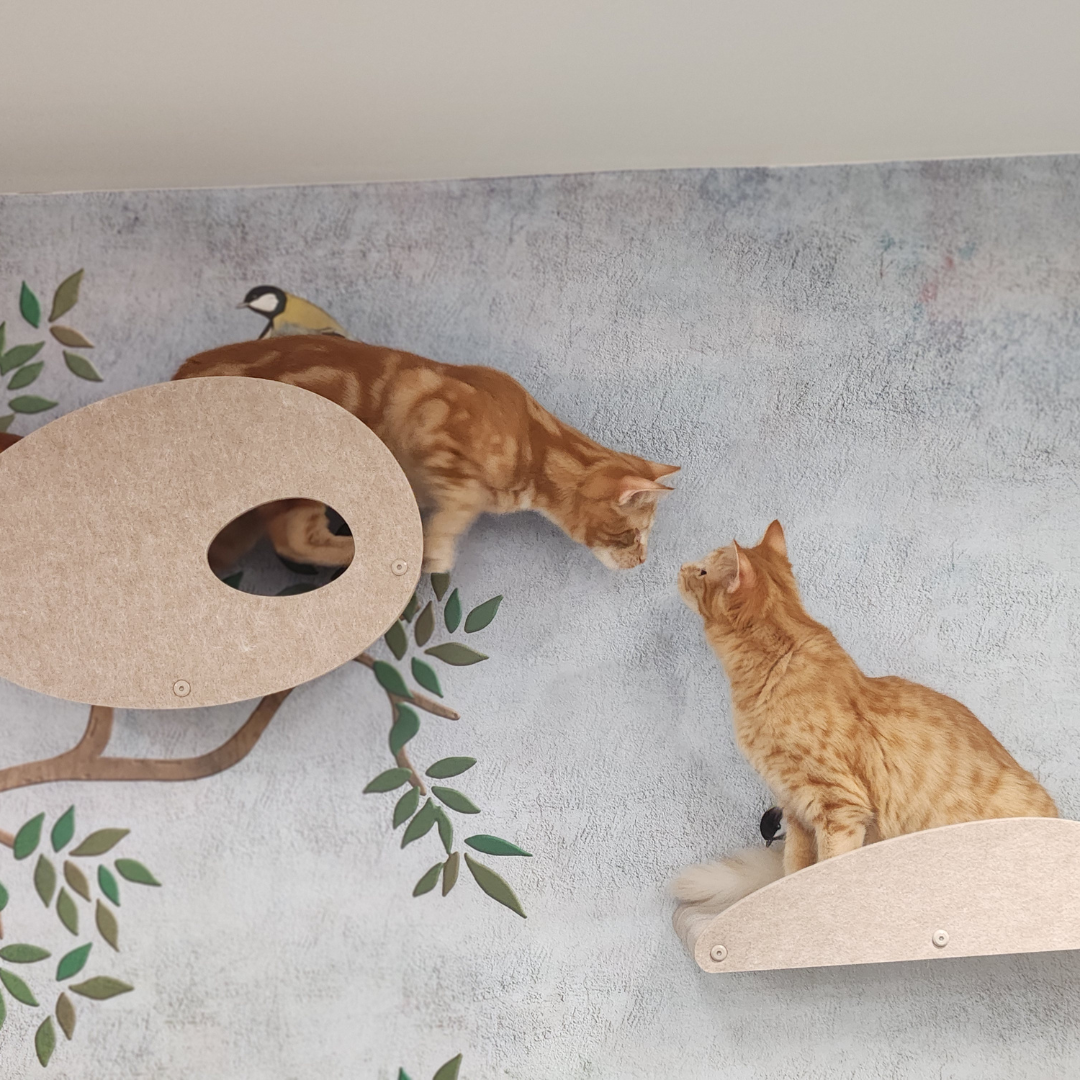One rule about conjectures: it's best to forgo them, especially when trying to understand feline behaviour. While all cats may not experience nocturnal zoomies, there's nothing inherently amiss with a kitty that does.

So, what precisely are zoomies?
If you've seen your feline buddy suddenly race through your house, sans any apparent chaser, you've probably witnessed what is affectionately known in the feline world as zoomies. These rapid-fire displays of sheer energy typically endure for a minute or two since they burn up a significant cache of power and, hence, lack sustainability. These zoomies often manifest right before your cat calls it a night - hence the term "midnight zoomies". The timing could be linked to the cat's natural crepuscular behaviour, meaning they're usually most active around sunrise and sunset, with siesta territory reserved for the warmer times of the day. The mix of daytime lethargy and their in-built body clock urging wakefulness at dusk provides the perfect setup for a grand night-time spectacle.
What if they happen during the day?
Daytime zoomies, not connected to interactive action with another cat, usually occur after visiting the litter box. Cats aren't renowned for being discrete around their litter box errands. Thus, it becomes simpler to identify the common prompt for these energy sprints. If your feline engages in daytime zoomies unrelated to litterbox detours, the following section is for you.
Are there potential health implications?
While most zoomies typically hold no medical bearing, anomaly hyperactivity could stem from discomfort originating from flea bites, emergent skin allergies, or even more severe issues. As pointed out by PetMD, hyperactivity might be indicative of hyperthyroidism, which is manageable over several years with appropriate treatment. Don't discount potential red flags such as unexpected or escalating zoomies levels. When should you be concerned? The emphasis here is on "abnormal" hyperactivity. If your cat has always exhibited the habit of racing around post toilet use or puts on a speed show before bedtime, they're most likely in good health. But if they unexpectedly start zooming around after being normally sedate, their zoomies surge in intensity or vocalisation accompanies zoomies, it's wise to seek your vet's counsel about these behavioural changes. In such situations, a health concern might be looming.
Why is the emphasis on "medical" concerns?
That's an astute observation! While most zoomies don't stem from medical issues, they often hint at potential environmental or behavioural concerns. Remember the litter box zoomies? For some kitties, it could be an expression of relief after a successful poop. Alternatively, suppose your feline doesn't consistently show this exuberant behaviour. In that case, it might suggest an issue with the litter box. A dirty box is usually to blame, so ensuring daily cleanliness and regular replacement is non-negotiable. Post-relief zoomies might be the least of the concerns arising from unhygienic litter boxes. Still, they're a fantastic early warning signal to keep your maintenance efforts up. If any changes around the well-maintained box result in an abrupt onset of zoomies post-use, you would do well to chat with your vet.
Those late-night zoomies disrupting your sleep or quiet evening are generally a sign that your feline isn't sufficiently exhausting her energy during the day and, as a result, needs to vent through an intense outburst before bedtime. While cats' natural rhythms make them sluggish during the day and active at twilight, this doesn't mesh perfectly with your preferred quiet hours. However, there are a few steps you can take to help your cat better adapt to your schedule.
How do I do that?
Involving your cat in your day-to-day routines helps align her energy usage with yours. If she typically sleeps with you, she'll naturally adjust her activity timings to coincide with your sleep cycle. Maintaining a routine isn't always plausible for some, but fear not—options are still available.
The fundamental strategy to reduce the likelihood of midnight zoomies is to provide ample physical stimulation for your cat throughout the day. Cats are exceptionally athletic and designed for short but powerful bursts of energy, much like sprinters. Engage your cat in physical play for ten to fifteen minutes before sleep. This could revolve around laser pointer games, feathered wands, or anything that compels hunting instincts like jumping, pouncing, and running. This playtime not only aids in exhausting stored energy but helps tighten the bond between the two of you and makes her feel more secure at home.
In your absence, an assortment of toys can keep your cat engaged. However, strategically placed, high-quality cat trees or wall-mounted cat shelves near a window can mentally stimulate your cat and encourage daytime activity, thus dispersing some energy before nightfall.
These zoomie sessions stimulate your kitty's innate predatory instincts while providing a safe outlet for daily hunting routines such as scratching, climbing, and stretching.
Enduring the zoomies might seem charming, providing they don't result in any accidents. Still, the better approach is to offer them the attention and stimulation they require, eliminating the need for these late-night outbursts. Most cats shouldn't strictly experience midnight zoomies. By adhering to this advice, you're guaranteeing yourself a peaceful night and encouraging a healthier, happier lifestyle for your much-loved feline family member. Providing cats with appropriate mental and physical stimulation is fundamental in managing their natural instincts and preventing anomalies like zoomies.





